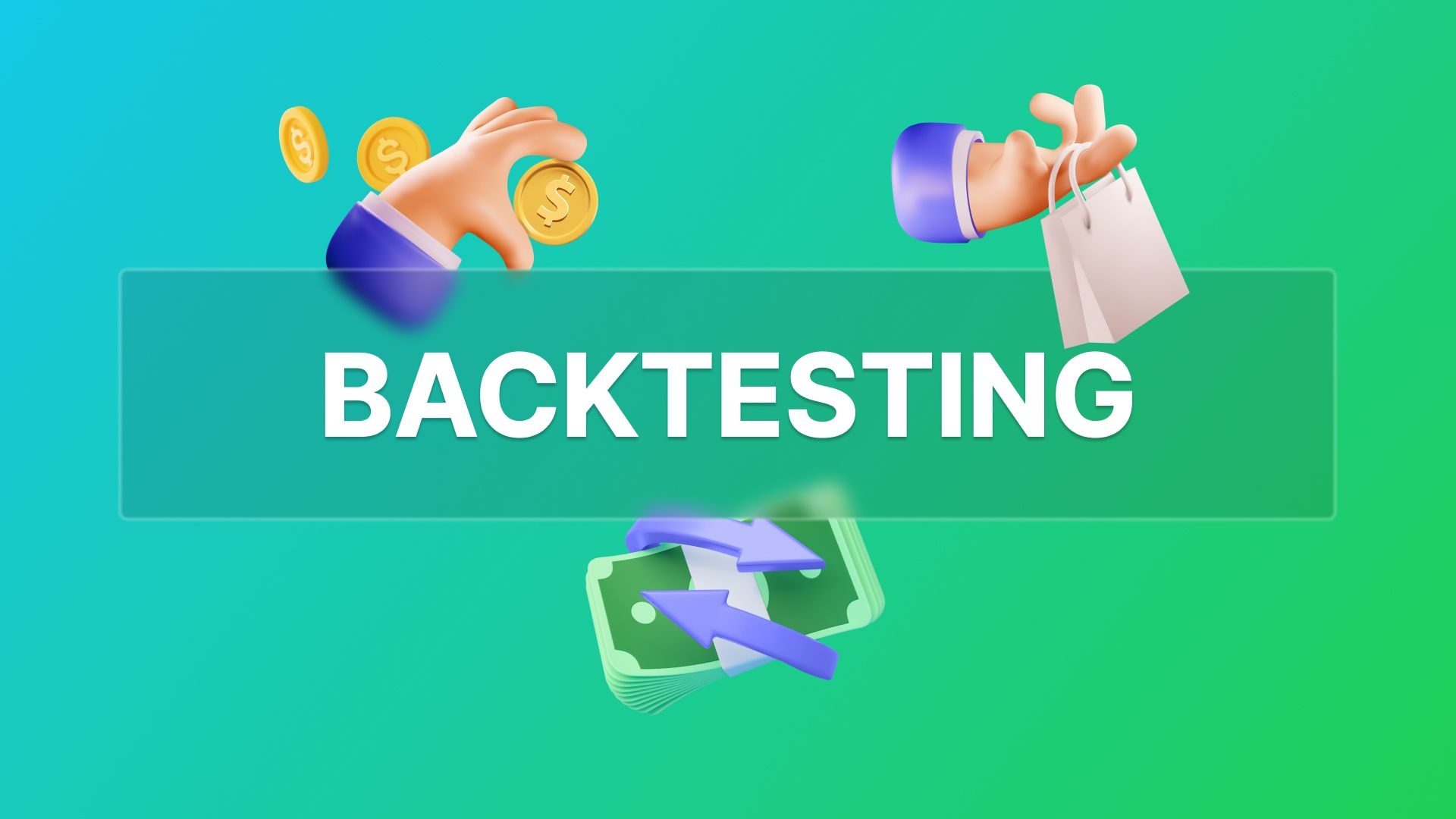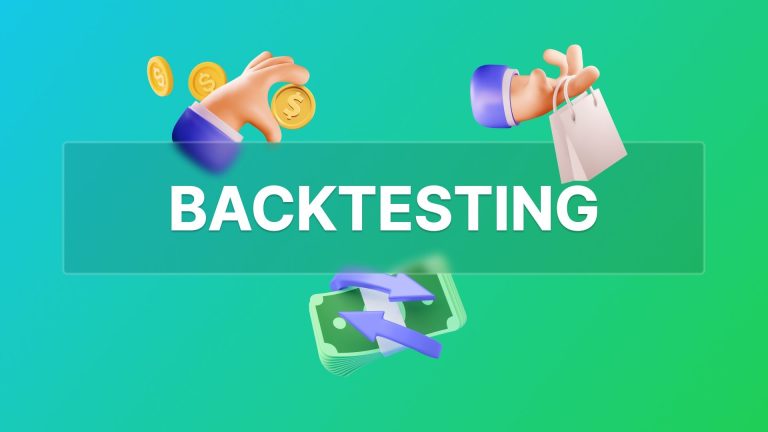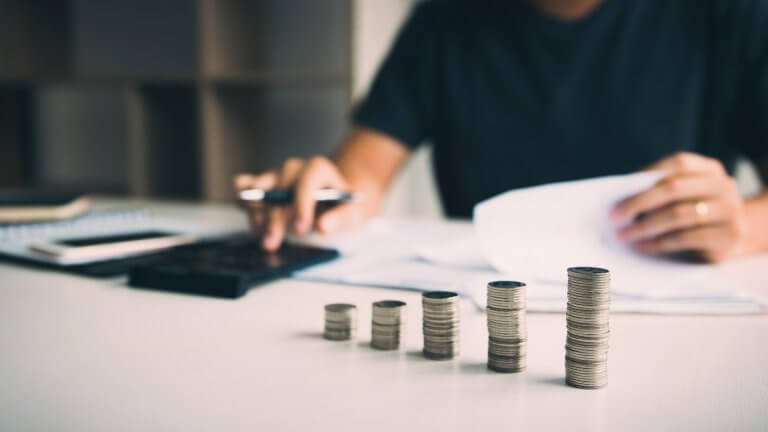Backtesting is a manual or systematic technique for assessing whether a trading strategy or concept was lucrative in the past. A trader manually backtests a strategy or uses software to evaluate if it will waste time and money or has potential and profitability over several markets.
Any approach that did well in the past is probably to continue to function well in the future, and any strategy that performed poorly in the past is expected to continue to perform poorly in the future.
What exactly is backtesting?
Backtesting is a method for determining how well a specific investment model or trading strategy would have fared historically. Backtesting is based on the assumption that any trading technique traditionally done well will do so in the future. Backtesting also aids in identifying and avoiding historically ineffective practices.
Steps required for backtesting
Conception
Construct a trading strategy using rules that enable you to turn it into computer code.
Simulation
Model the effectiveness of your plan using previous data.
Evaluation
Observe the simulation’s outcomes to determine the feasibility of your plan.
Backtest trading strategy – What does it mean?
Backtesting a trading strategy is converting it into logic with defined entry and exit criteria and running it against historical data. This aids traders in determining whether a particular trading technique is worth pursuing before risking capital on it.
Earlier, backtesting required developer resources and pricey data sets of adequate scale and depth for many years.
Today, web-based backtesting solutions enable simple deployment without needing technical expertise. Consequently, backtesting’ s popularity has increased in recent years.
How is a trading strategy backtested?
Manually backtesting a trading strategy or model involves several processes. A trader often needs several weeks of historical data for short-term trading techniques. Several years of recorded data for a long-term plan.
Here are some fundamental actions to follow for a manual backtest:
- Define the parameters of the approach.
- Backtesting entails practice. There’s no need to deposit and risk real funds throughout the procedure.
- Specify the financial market and chart the timeframe for testing the technique.
- Pick whether you focus on a single share or currency pair or a range of markets and how long you will collect the findings, such as one week, one month, one year, or ten years.
- Start searching for deals. Depending on how far back your desire to explore is that makes you travel back in time and check for transactions from a year, a month, or a week ago.
- Examine price charts to identify entry and exit signals.
- To determine gross return, record, and total all profitable and unsuccessful deals.
Although backtesting reveals how a trading strategy worked in the past, it can’t predict the future performance of a strategy. Without relying solely on historical data, traders must ‘forward test’ their strategies in actual market circumstances to determine if they perform in real-time.
Backtesting and professional money management
The practice of backtesting is applicable in fields of finance other than speculation. Portfolio managers employ backtesting, for instance, to find optimal allocations and optimise rebalancing algorithms. This backtesting is often appropriate for investing strategies with a longer time horizon and lower activity levels.
Backtesting is an integral component of financial institution regulation.
The approach offers supervisory bodies such as the Basel Committee and bank regulators a critical evaluation technique to evaluate the appropriateness of internal VaR models used by subject banks and to identify institutions employing models that often understate risk.
Performing a trading strategy backtest using data and tools
Backtesting provides a wealth of statistically significant information about a particular system. The following are some universal backtesting statistics:
Net income or loss: Net percentage of gains or losses
Volatility is measured by the maximum percentage of gains and losses
Exposure: Percentage of invested capital (or exposed to the market)
Ratios: victory-to-defeat ratio
Annualised return: Return expressed as a percentage over a year
Risk-adjusted return: Return expressed as a percentage as a function of risk
Backtesting software: This kind of software typically consists of two crucial screens. The first enables the trader to adjust the backtesting settings. These modifications encompass anything from duration to commission fees.
The majority of trading software incorporates comparable components. Some high-end software applications contain extra tools for automated position sizing, optimisation, and other sophisticated functions.
What do you mean by automated trading strategy?
Well-designed automated trading strategies continuously monitor economic market prices and execute transactions automatically if specific parameters are satisfied. The objective is to conduct transactions more quickly and effectively and to capitalize on technical market occurrences.
Top 3 rules for backtesting trading strategies
Backtesting trading methods require consideration of several aspects. Here’s a summary of the most critical reviews to remember:
Consider the overall market movements during the testing period of a particular approach. For instance, if you only backtested a strategy between 1999 and 2000, there are chances for it to perform poorly in a lousy market.
Backtesting over a lengthy period that includes a variety of market circumstances is typically advisable.
Consider the universe in which the backtesting occurred. For instance, if a comprehensive market system is evaluated using a universe of tech equities, it must improve in other sectors. If a strategy is intended for a single type of stock, the universe needs to be restricted to that type; otherwise, maintain a vast universe for testing reasons.
Volatility measurements are crucial while constructing a trading strategy that stands true for accounts with leverage, which are liable to margin their calls if the equity falls below a set threshold.
The Bottom Line
Backtesting is one of the most crucial parts of trading system development. If generated and read correctly, it assists traders in:
Optimizing and enhancing their tactics
Identifying any technical or theoretical weaknesses
Gaining confidence in their plan before implementing it in real-world markets.
























